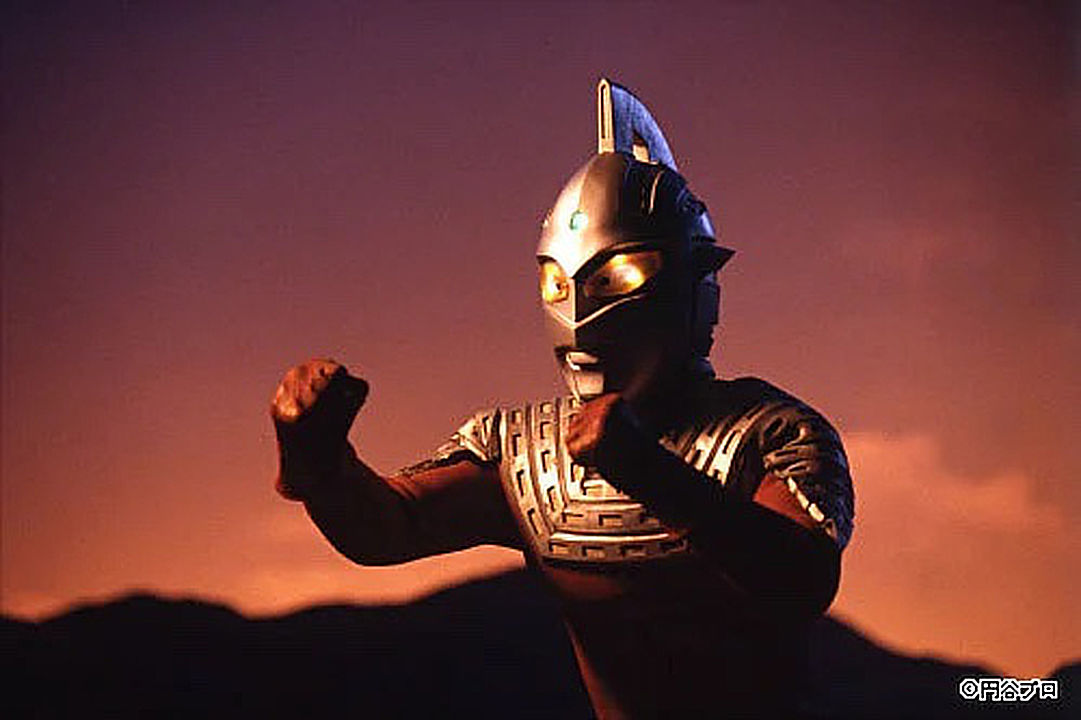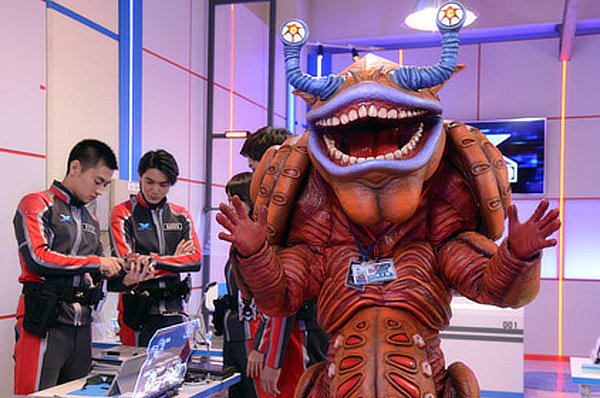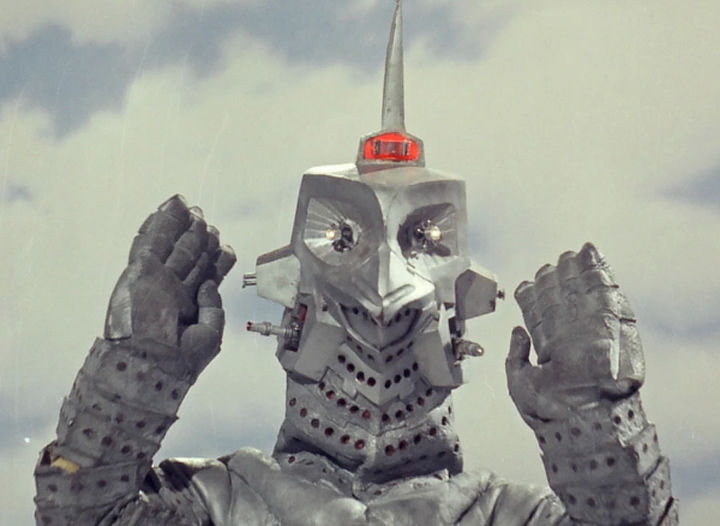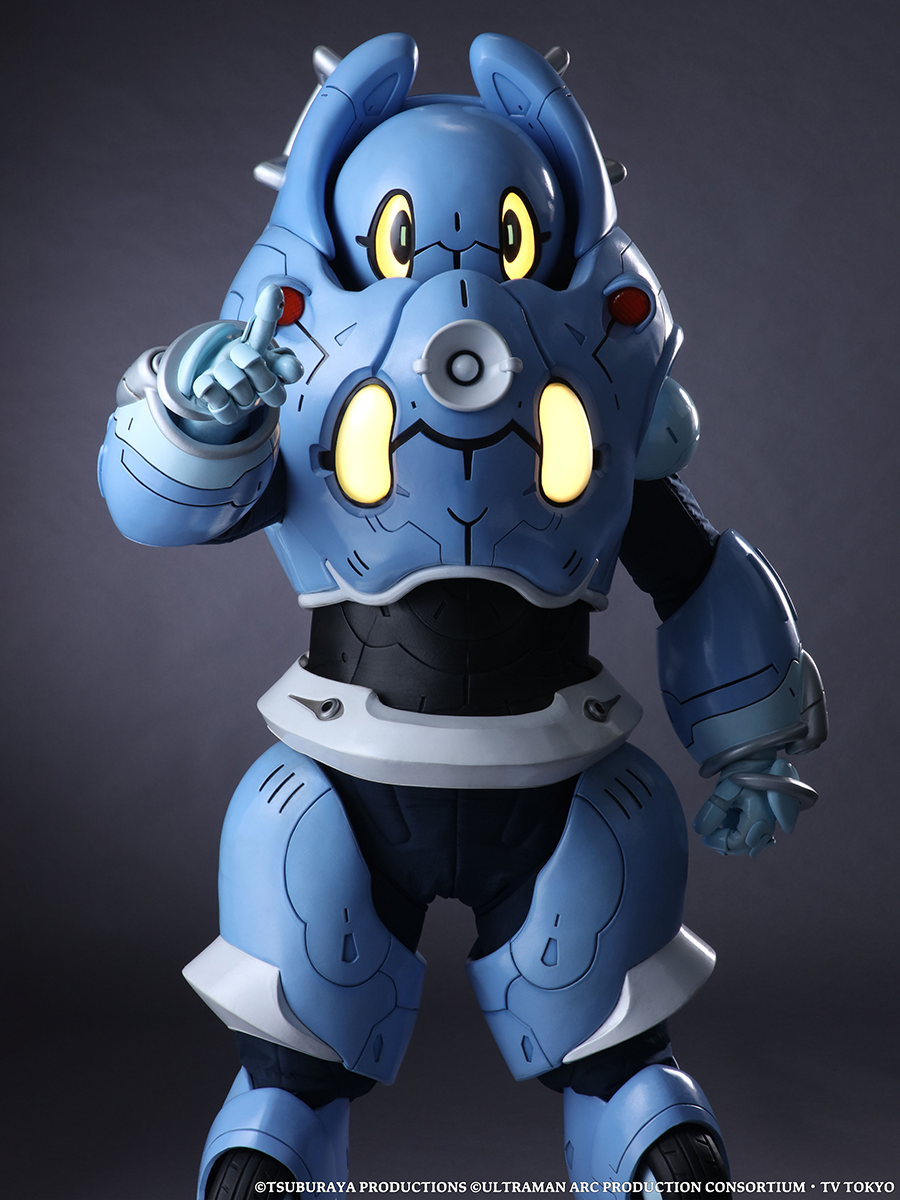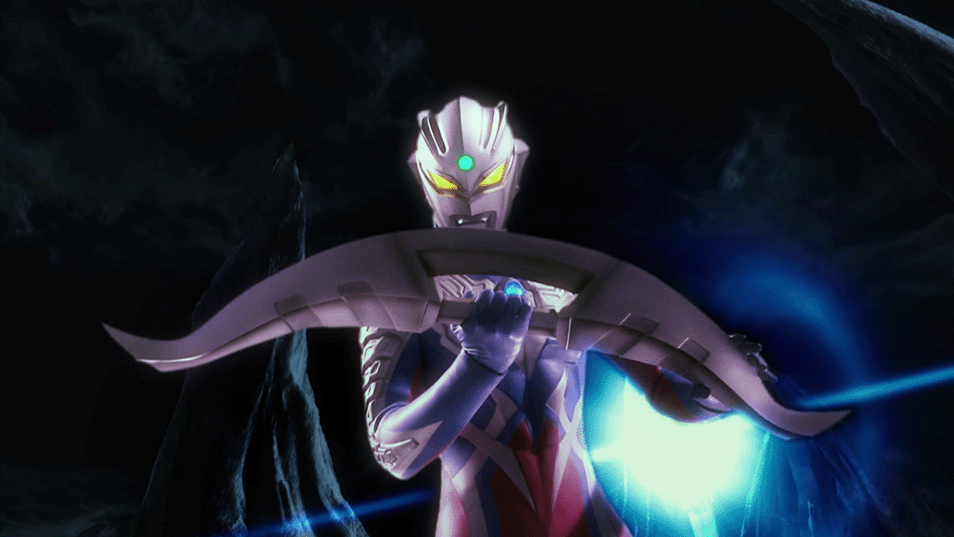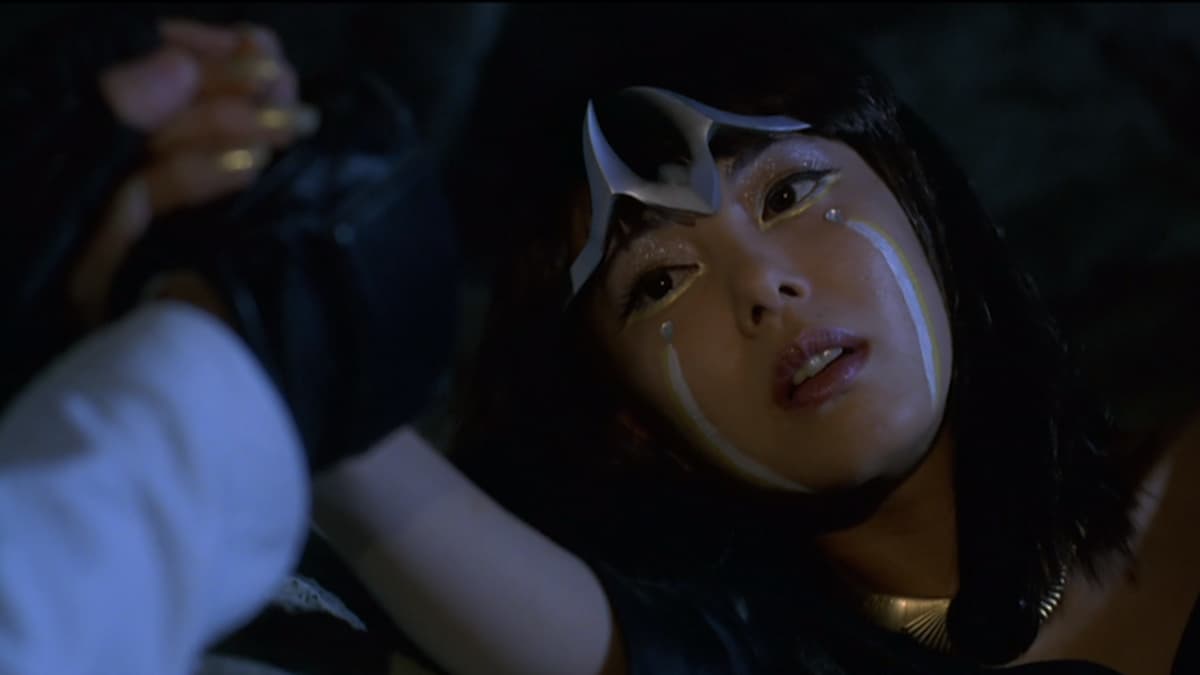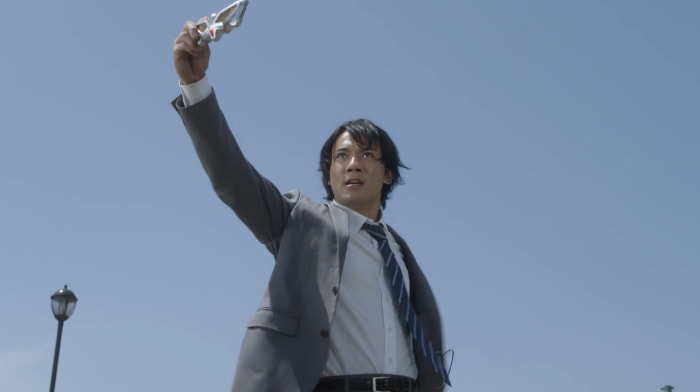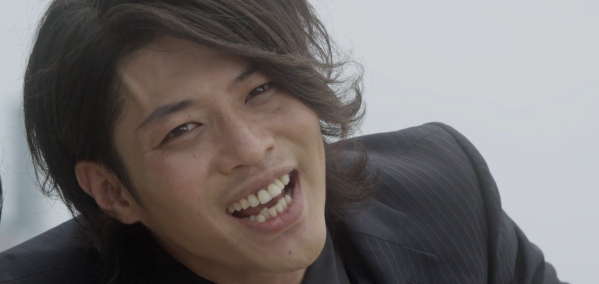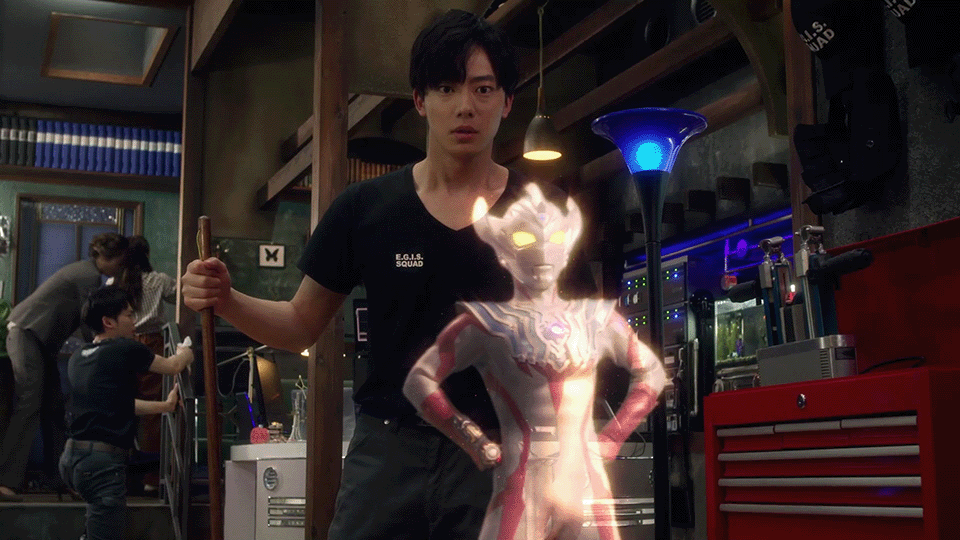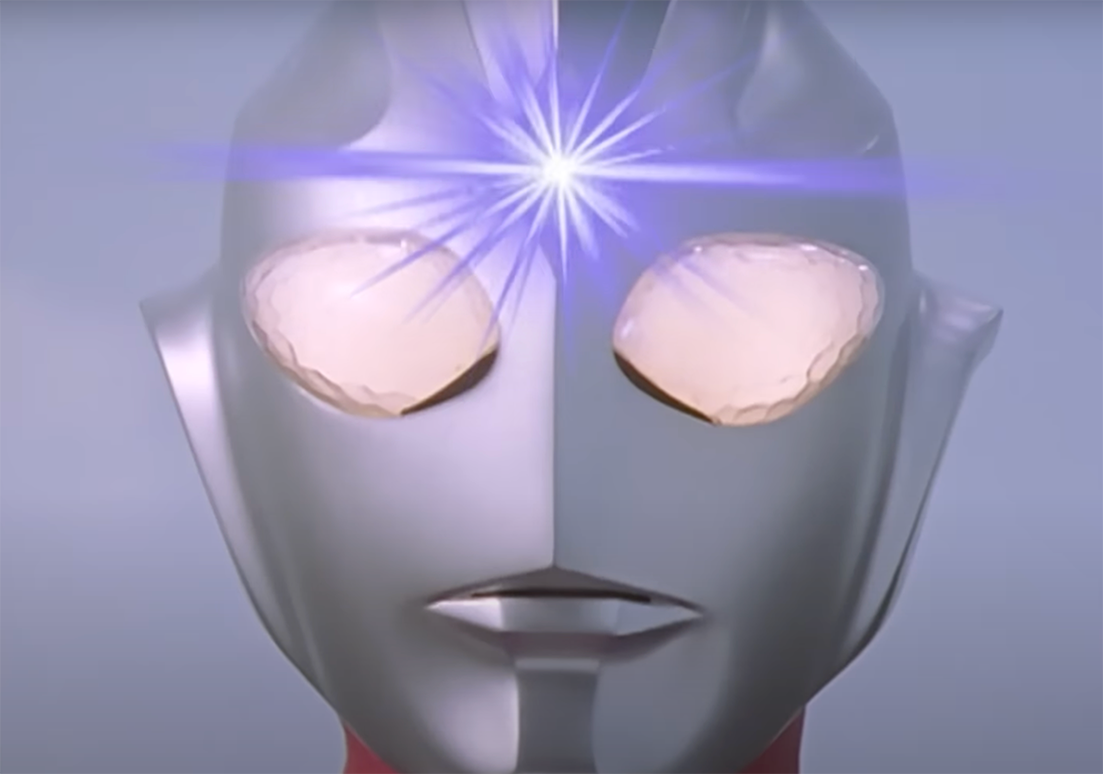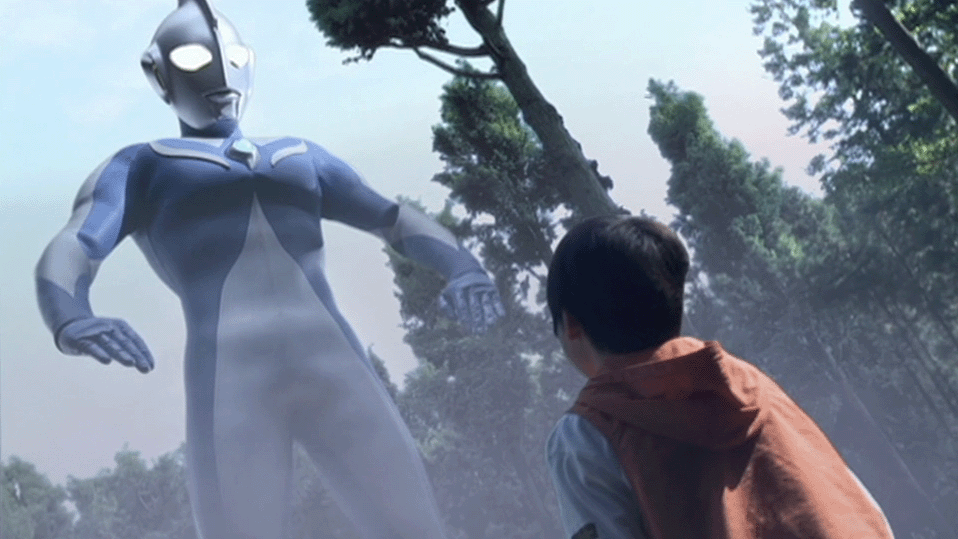Last year, the world celebrated the 55th Anniversary of Ultraseven, a landmark milestone for any series. Fans all over the world remembered the incredible stories and characters, and celebrated the effect it has had on media across the genre spectrum since.
However, during this yearlong celebration, we did not bring up a very special set of Ultraseven stories, stories created and distributed not during the original 1967 run, but several decades later, in the 1990s. 16 episodes were made across 8 years, from 1994 to 2002, and brought fans back to the original timeline of Ultraseven, before it was combined with Ultraman and Return of Ultraman to make the Ultraman Series fans have come to know since.
Created for multiple reasons, but primarily to celebrate Ultraseven’s 30th and 35th anniversaries, the Ultraseven Generation 2 specials are split into 4 direct-to-video “seasons,” with each building off the former in a serialized format. It feels almost comical to say, but this “Heisei Era Ultraseven” truly is not the same Ultraseven that fans grew up with. Taking advantage of the 3 decades since the original show’s airing, these stories take the time to shine a light on the darker implications of the stories from 1967.
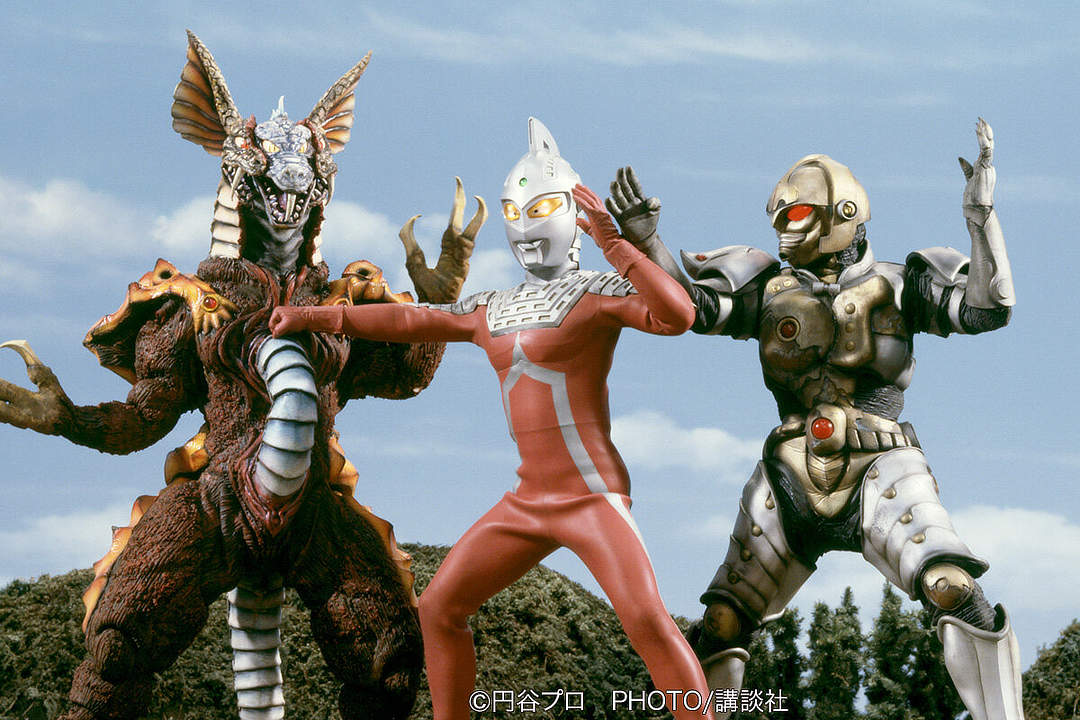
The original Ultraseven was made in the shadow of the Cold War, where the fear of espionage and nuclear annihilation loomed over every story. In the 90s, the new Ultraseven specials, untethered from the east-vs-west tension that defined the period, can take a critical eye at where that mindset would eventually lead — Doom. The world of the Heisei Ultraseven stories is paranoid, and worn down — the Ultra Guard, having almost completely replaced its original cast, with the exception of now-Captain (and eventually Staff Officer) Shigeru Furuhashi, is a colder organization, still fighting against aliens on stages of combat and diplomacy.
Through it all, Ultraseven returns, both as an older Dan Moroboshi, but also in the disguise of younger Ultra Guard member Masaki Kazamori. The enemies he fought — the Pitt and Eleking, the Metron, the Godola, and more — all return with him, more willing to kill and cause mayhem, all to claim the Earth for themselves.
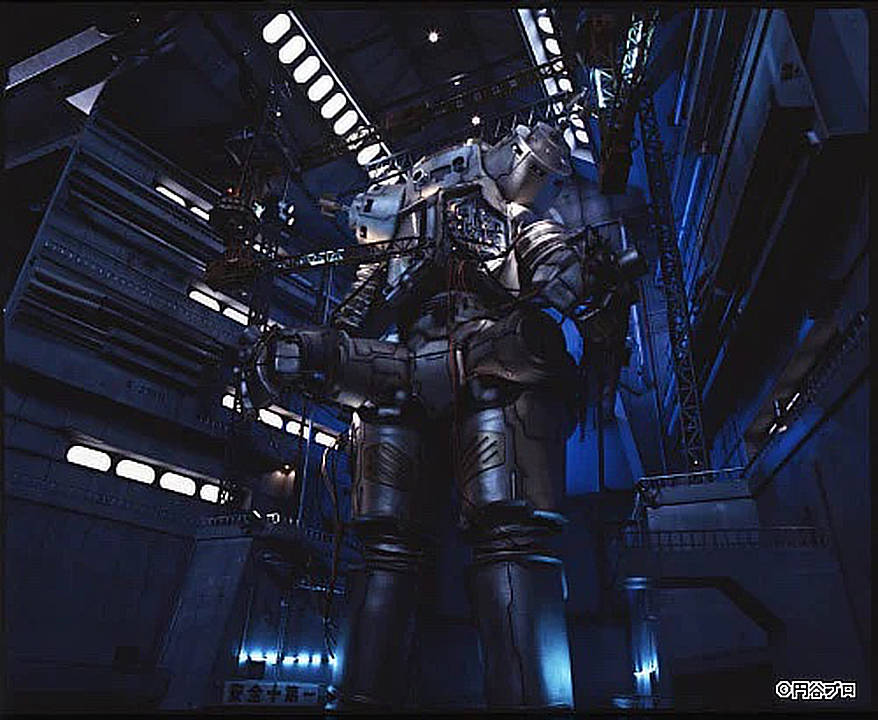
Darkest of all is an idea presented very carefully — having fought against threats again and again, for three decades, with no end in sight, is there a chance that humanity is now on the path to become just as bad as the monsters they fight? Does the paranoia, justified as it is, of a people constantly at war justify unprompted acts of aggression? And if humanity is traveling down this road… are they really worth Ultraseven’s protection?
These aren’t easy stories to tell, and frankly, at times they aren’t easy stories to watch — as effective and meaningful narratives can be. The Heisei era Ultraseven isn’t available officially to watch now, but perhaps, someday soon, those stories will be able to be told to audiences all over the world. You can be sure that, when that day comes, Ultraman Connection will be the one to break the news.
